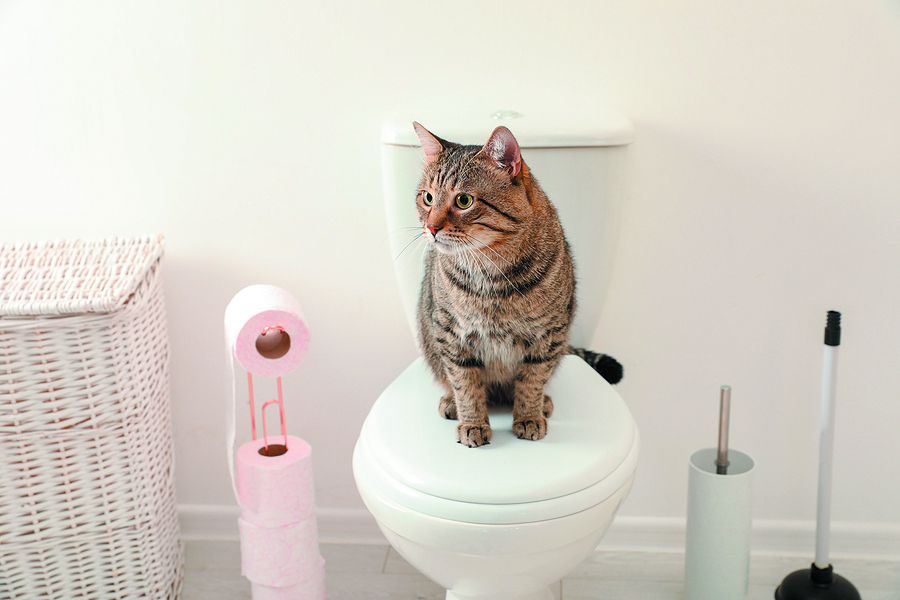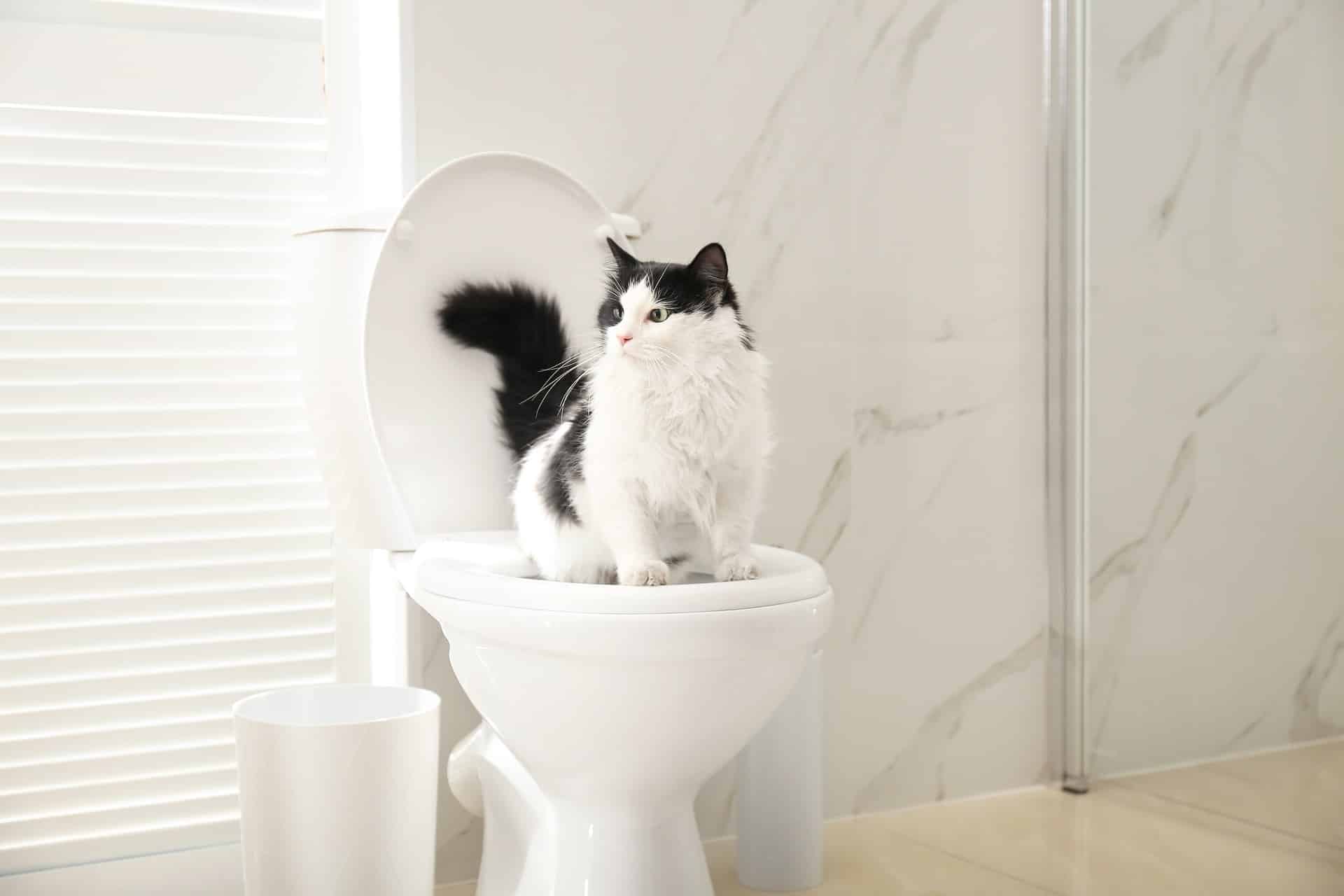Our Significance of Proper Disposal of Animal Waste
Our Significance of Proper Disposal of Animal Waste
Blog Article
They are making a few great annotation on Should you flush animal waste down the toilet in general in the article just below.

When it involves dealing with waste, particularly animal waste, lots of people usually resort to the convenient alternative of flushing it down the bathroom. Nonetheless, this apparently simple remedy can have severe consequences for the atmosphere and public health. In this post, we'll check out why flushing pet waste down the bathroom is a poor idea and offer alternative approaches for correct disposal.
Introduction
Proper waste disposal is vital for preserving environmental sustainability and public health. While it may seem harmless to purge animal waste down the bathroom, it can result in various problems, both for the environment and human health.
Dangers of flushing pet waste
Environmental influence
Purging animal waste presents damaging bacteria and microorganisms into waterways, which can adversely affect water environments. These virus can infect water resources and harm aquatic life, interrupting fragile ecosystems.
Public health issues
Pet waste includes unsafe germs such as E. coli and Salmonella, which can position significant health threats to human beings. Flushing pet waste down the commode can contaminate water materials, bring about the spread of diseases and infections.
Alternatives to flushing
Instead of purging pet waste down the commode, there are a number of alternate disposal methods that are a lot more environmentally friendly and hygienic.
Composting
Composting animal waste is an environment-friendly method to get rid of it. By composting, organic matter is broken down right into nutrient-rich dirt, which can be utilized to fertilize yards and plants.
Garbage dump disposal
Getting rid of animal waste in a garbage dump is an additional choice. While not as eco-friendly as composting, it is a more info safer option to flushing, as it stops the contamination of water sources.
Family pet waste disposal systems
There are specific pet dog waste disposal systems offered that securely and hygienically deal with pet waste. These systems often utilize enzymes to break down waste and eliminate odors.
Steps to appropriate pet garbage disposal
To ensure appropriate disposal of animal waste, comply with these actions:
Scooping and landing waste
Routinely scoop and bag animal waste using naturally degradable bags. This protects against waste from infecting the setting.
Making use of marked waste containers
Dispose of bagged pet waste in assigned waste bins, such as compost bins or land fill containers. Avoid flushing it down the commode in any way expenses.
Cleaning up litter boxes and family pet locations routinely
On a regular basis clean can and pet dog areas to prevent the build-up of waste and germs. Use pet-safe cleaning products to keep health.
Advantages of appropriate disposal techniques
Embracing appropriate disposal methods for pet waste uses numerous benefits:
Reduced environmental pollution
Correct disposal techniques lower the risk of environmental pollution, shielding waterways and environments from contamination
Minimized risk of water contamination.
By preventing flushing pet waste down the bathroom, the threat of water contamination is substantially minimized, securing public health.
Boosted sanitation and health
Proper disposal methods promote much better hygiene and health, developing a safer atmosphere for both humans and pets.
Conclusion
To conclude, flushing animal waste down the toilet is dangerous to the atmosphere and public health. By embracing alternate disposal techniques and following proper waste monitoring techniques, we can lessen the unfavorable effect of pet waste and add to a cleaner, healthier earth.
What To Do With Dog Poo – The Do's And Don'ts Of Disposing Of Faeces
Dog poo bins
Some councils provide dedicated dog waste bins in popular dog-walking areas that can take dog poo that has been bagged but you can legally dispose of dog waste in any public litter bin, as long as it is securely bagged. This also applies to your wheelie bin at home.
Do not flush
Water companies do not recommend flushing dog faeces down the toilet because certain parasites can survive the water processing treatment and are potentially harmful to humans. You should also never consider flushing dog poo that has been bagged down the toilet as the bags will not break down and instead create severe blockages in the sewage system.
In the woods
The Forestry Commission promotes a ‘stick and flick’ method for dealing with waste in the woods. This means finding a stick and using it to flick any poo from off the path so that it is out of the way of other walkers. You could also bury it as long as it is not in an area where there might be livestock.
Livestock
Parasites found in dog poo can be transmitted to livestock if they inadvertently eat infected faeces that has been left on grazing land. This could result in the death of sheep or abortion in cattle so you should always make sure you pick up your dog’s waste in fields where livestock could be present.

On a regular basis clean can and pet dog areas to prevent the build-up of waste and germs. Use pet-safe cleaning products to keep health.
Advantages of appropriate disposal techniques
Embracing appropriate disposal methods for pet waste uses numerous benefits:
Reduced environmental pollution
Correct disposal techniques lower the risk of environmental pollution, shielding waterways and environments from contamination
Minimized risk of water contamination.
By preventing flushing pet waste down the bathroom, the threat of water contamination is substantially minimized, securing public health.
Boosted sanitation and health
Proper disposal methods promote much better hygiene and health, developing a safer atmosphere for both humans and pets.
Conclusion
To conclude, flushing animal waste down the toilet is dangerous to the atmosphere and public health. By embracing alternate disposal techniques and following proper waste monitoring techniques, we can lessen the unfavorable effect of pet waste and add to a cleaner, healthier earth.
What To Do With Dog Poo – The Do's And Don'ts Of Disposing Of Faeces
Dog poo bins
Some councils provide dedicated dog waste bins in popular dog-walking areas that can take dog poo that has been bagged but you can legally dispose of dog waste in any public litter bin, as long as it is securely bagged. This also applies to your wheelie bin at home.
Do not flush
Water companies do not recommend flushing dog faeces down the toilet because certain parasites can survive the water processing treatment and are potentially harmful to humans. You should also never consider flushing dog poo that has been bagged down the toilet as the bags will not break down and instead create severe blockages in the sewage system.
In the woods
The Forestry Commission promotes a ‘stick and flick’ method for dealing with waste in the woods. This means finding a stick and using it to flick any poo from off the path so that it is out of the way of other walkers. You could also bury it as long as it is not in an area where there might be livestock.
Livestock
Parasites found in dog poo can be transmitted to livestock if they inadvertently eat infected faeces that has been left on grazing land. This could result in the death of sheep or abortion in cattle so you should always make sure you pick up your dog’s waste in fields where livestock could be present.

As an enthusiastic reader on Don't Flush Your Pets Poo Down The Loo, Vet Warns, I think sharing that excerpt was beneficial. I beg you set aside a second to promote this blog post if you liked it. Thanks a bunch for your time. Come back soon.
Contact Us Now Report this page